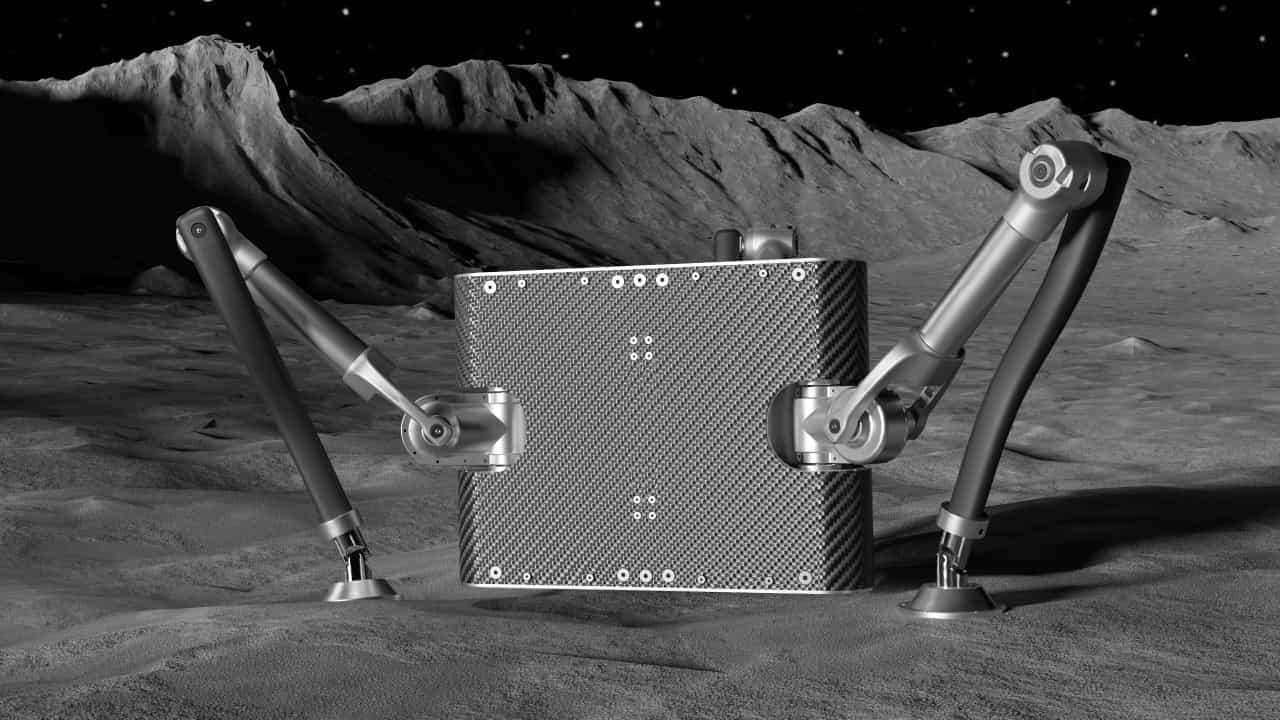A group of students at the Federal Institute of Technology Zurich (ETHZ) in Switzerland has developed a bouncy, insect-like robot that jumps even in low gravity. The machine, called SpaceHopper, is designed to travel through space and explore small celestial bodies such as asteroids and moons.
With a triangular body, the SpaceHooper has three long, articulated legs that allow the robot to hop like a grasshopper. It can jump in any direction, and has nine engines that ensure it is able to jump long distances in low-gravity environments.
After landing, the robot is able to correct its course to protect objects inside the device.
Since SpaceHopper is expected to later explore asteroids and moons, which have lower gravity than Earth, it needs to undergo testing in conditions similar to these environments first.
SpaceHopper handles zero gravity with powerful jumps
To see if the robot would actually work as expected, students and scientists from the European Space Agency at ETHZ launched SpaceHopper on a parabolic flight that simulates a zero-gravity environment, when the plane begins to fall.
In the following video you can see the testing process:
While floating, the robot extends its legs in search of a solid surface to attach to. When it finds a trigger point, it contracts its limbs and launches itself in the direction the operators want.
The bouncing robot will be used in research
The idea of the project is to use SpaceHopper to search for information that can help understand the origin of life and water not only on Earth, but also on asteroids. In this way, it is possible to discover other celestial bodies that could serve as potential providers of valuable resources.
Despite working without problems, there is still no plan to launch the robot into space. Currently, SpaceHopper is still under development and undergoing tests at the European Space Agency.

“Friendly zombie fanatic. Analyst. Coffee buff. Professional music specialist. Communicator.”

